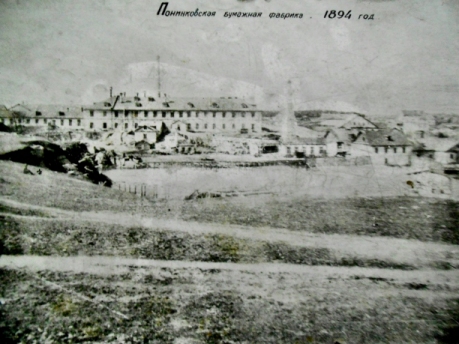
References
and Research
|
| Brief
History of Volhynia
Volhynia was an autonomous duchy during the Middle Ages, then part of the Grand Duchy of Lithuania. It then became part of the Polish kingdom from 1560 till the second partition of Poland in 1793. At that time, it was incorporated into the Russian Empire. In 1797 Volhynia Gubernia was created. It remained as is till 1921, when with the signing of the post World War I peace treaty between Poland and Russia, it was divided into two. The western districts became part of Poland and the eastern districts part of Russia, and ultimately the Soviet Union. And after the breakup of the Soviet Union in 1991, it became part of the modern state of Ukraine.
|
At this time I am unable to find much about the fate of Poninka and its inhabitants during the World War I and Russian Revolution turmoil. Certainly the vicissitudes of those two events must have swept across Poninka and Volhynia. I did locate an
interesting note that implies tough times for the residents of Poninka
in a list of people who were signing up with the Joint, the American
Joint Jewish Distribution Committee, looking for help and/or contact
with their American relatives. Click
here to see the
list which shows Lev Libertchuk of Polonnoye and Basia Barabaum of
Poninka both looking for assistance while in Petrograd in 1917.
|
|
Poninka in the Encyclopedia of Jewish Life, ed. by Shmuel Spector (Editor), Geoffrey Wigoder (Editor), vol 2, p. 1014. New York University Press, 2001. "Kamenets-Podolski district,Ukraine. The Jewish community grew with the opening of a paper factory in 1870. In 1897, the Jewish population was 206 (total 1,025). In the Soviet period, a Jewish elementary school (four grades) operated. In 1939, the Jewish population was 675. The Germans captured the town on 5 July 1941. In the fall of 1941, 485 Jews were murdered. During their occupation they murdered 4,000 Jews from Poninka and the neighboring settlements." |
|
In fact, one of the first things that you still see when you visit Poninka is a large, sprawling factory, the home of the Poninka Cardboard and Paper Mill. It is currently part of ISA Corporation, a large company founded after the collapse of the Soviet Union, and produces school diaries, cardboard, paper for book/notebook
covers, writing and printing paper and 8 types of notebooks.
Paper Factory in 1894
|
Poninka was directly in the path of the fighting during World War II. According to an article in the New York Times, January 12, 1944, Soviet troops reentered Poninka and the surrounding communities in a sweep through Zhitomir Province, recapturing the area from the Germans. The Russians claimed that the Germans lost over 15,000 troops in this fighting.
|
